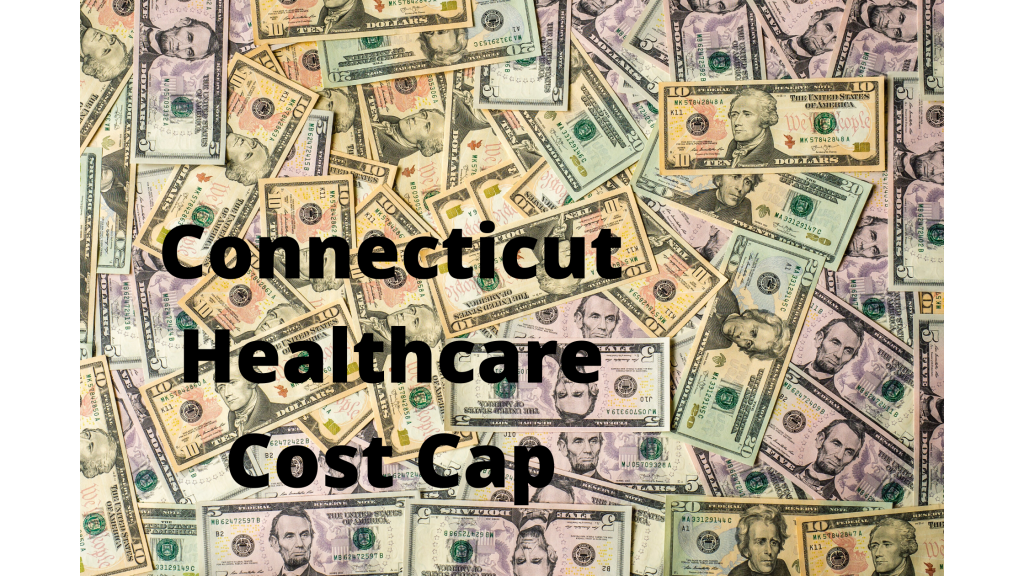Cost cap committee excludes patients’ provider choices from primary care spending increase

On Thursday, the main committee convened by the Office of Health Strategy (OHS) met to continue their work to set a cap on how much healthcare costs can increase and, at the same time, double spending on primary care. At the meeting they codified a narrow definition of primary care provider for purposes of calculating the increase in funding and excluded consumers from the intended audiences for Cost Cap reporting and recommendations.
OHS’s main committee heard feedback from OHS’s associated larger Stakeholder Committee. The Stakeholder Committee noted that many people rely on the ED for primary care services and should be included in primary care spending calculations for increased funding. While an ED may not be the best place to access primary care services, many people don’t have access to primary care in traditional settings. Members of the main committee wanted to know who offered the input – it was a hospital ED physician and administrator. While conflicted interests are a serious problem in Connecticut policymaking, the Stakeholder Committee was developed to collect exactly this input. It’s important to note that OHS’s main committee includes other provider representatives that actively represent their interests. There are many successful models to address primary and preventive care needs of patients who come to the ED. The system should meet people where they are, instead of expecting patients to meet the needs of the system.
The Stakeholder group again urged inclusion of OB/Gyns as primary care providers in primary care spending increases. In response the main committee briefly revisited the issue, that has been raised repeatedly by diverse stakeholders, but reaffirmed their decision to exclude those providers. Many American women use OB/Gyns as their primary care providers and do not see another provider during the year. OB/Gyns are trained to provide routine preventive visits and many American women do not see any other provider during the year. Rather than OHS and a small, insular committee deciding for providers and patients who can provide what care, especially for purposes of large increases in spending, we should let women decide what works for them. Gaps in care provided by any physicans should be addressed as a quality issue. OHS has delayed addressing quality because physicians cannot come to consensus.
Stakeholder input also included “not use[ing] reduction in specialty spending to increase the share of primary care spending given specialty care access problems” – an issue that has concerned advocates. There was no discussion of this input and no discussion of adding this concern as a trigger to reconsider the Cost Cap. Currently, the main committee has decided that only an increase in inflation will trigger a reconsideration of very ambitious Cost Cap levels.
The committee decided that the goals of the Cost Cap data analytics will be not only to provide data analyses to the intended audiences but also to provide recommended actions to achieve OHS’s goals. The intended audiences include “providers, provider organizations, employers and policymakers”. The omission of consumers has been raised several times in different meetings, but OHS and their consultants argue that consumers don’t use this type of information. At the Medicaid Council meeting, a consumer noted that they are selling consumers short. There are many examples, at the national and state level, of consumers and patients adding important context, unavailable from experts and policymakers. Enlightened policymaking bodies recognize the value of including consumer input in meaningful ways at every level of program development and implementation.
There was one encouraging exchange. Kate McEvoy, Medicaid Director, urged adding a goal to reduce underservice/stinting on care. She noted this concern has been raised by many stakeholders. The committee discussed monitoring for unintended consequences such as “underutilization, affordability, including for uninsured populations, and the impact on marginalized populations.” OHS and the consultants emphasized that there will also be extensive monitoring for positive outcomes of the Cost Cap.
There was an extended discussion about plans to exclude dental spending in the calculations. Consultants outlined the challenges including getting the data from many different insurers, that it can’t be connected back to a primary care provider for further analysis, that it will be hard and costly to collect, and that dental spending is likely to be very low. A member pointed out that the low level of spending is an important point indicating problems with access and affordability of dental care.
Among priority analyses of the Cost Cap data is evaluating new payment reform models for cost saving (quality analysis is being delayed) such as episodes/bundles. The consultant noted that while episodes are uncommon outside Medicare, he expects their use to increase. They intend to assess the use of low value services and potentially preventable acute care, to lower costs.

